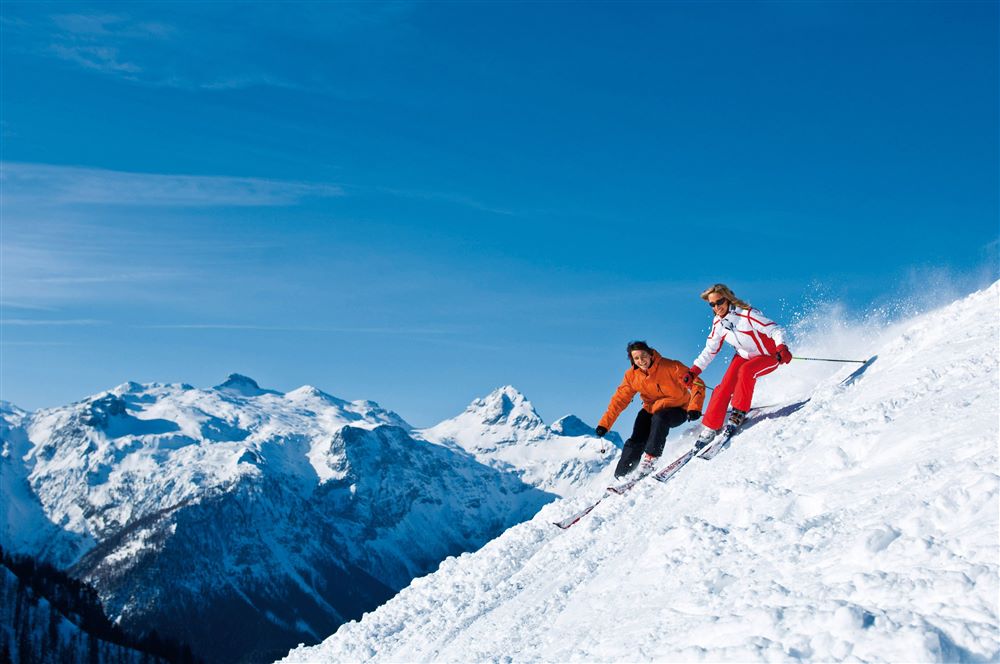
Enchanted landscapes that “slip” out of the window, no queues at the toll booths and expensive parking lots on site. If you never thought to train for your skiing holiday , you’d better think again. There are indeed so many good reasons to put the car aside and take advantage of the rail connections to the various ski resorts for the coming winter.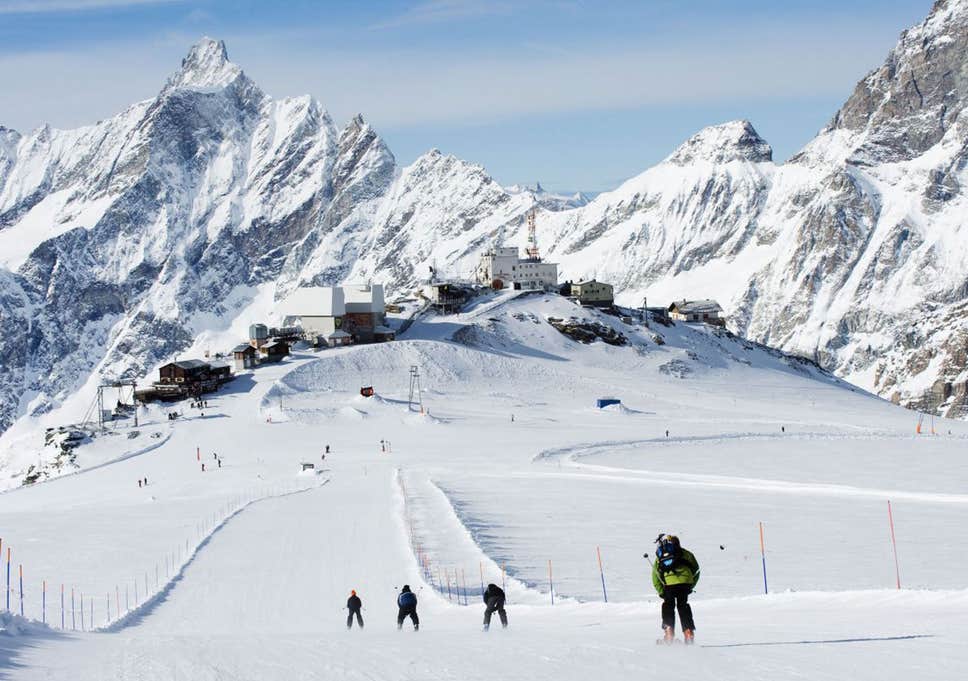
Among those who frequent the mountain there is a significant slice of the public that is attentive to the environment . In this sense, using the train to go skiing in the Alps is a ” low environmental impact ” solution for sportsmen who want to reach the slopes leaving the car at home. Do we want to talk about costs ? Most journeys can be booked well in advance at very favorable rates. The sooner you decide, the less you spend (if you have ticked off in the classic “battle” in the office between colleagues and are certain about the dates of your winter holidays, then hurry to buy the ticket!). And the advantages they cannot be counted if you are traveling with children under the age of 11 or in groups of at least 10 people.
The holiday is relaxation , or at least it should be, from the beginning. There can be no more of those stressful journeys to reach their destination, perhaps after hours of queuing between the highway and the highly trafficked highway. With the train you avoid unnecessary hysteria, maybe reading a good book or stuffing yourself with the worst junk comfortably seated without having to think about the road. Everything’s fine so far, but on arrival at the mountain station, how to get to our accommodation? Do not worry, many chalets or hotels offer free transfers from the train station to the resort , while if you have been on tour operators know that the holiday package with the train normally includes the transfer.
As for the reachable destinations there is really the embarrassment of the choice . In Trentino, for example, there is the station of Daolasa-Marilleva with the only train that takes skiers up to the departure station of the cable car for a “zero kilometers” skiing. In South Tyrol the trains reach Bressanone, San Candido, Brunico and Bolzano, in Piedmont there are the stations of Limone and Bardonecchia , in Veneto we arrive in Calalzo, in Friuli Venezia Giulia also Tarvisio and the slopes of Carnia and Friuli are easily accessible .
If there is then a ski resort where you can only arrive by train, it is Zermatt in Switzerland. St. Moritz and Diavolezza can be reached by train from the Rhaetian Alps , from which you can enjoy breathtaking views traveling on the railway part of the UNESCO heritage .

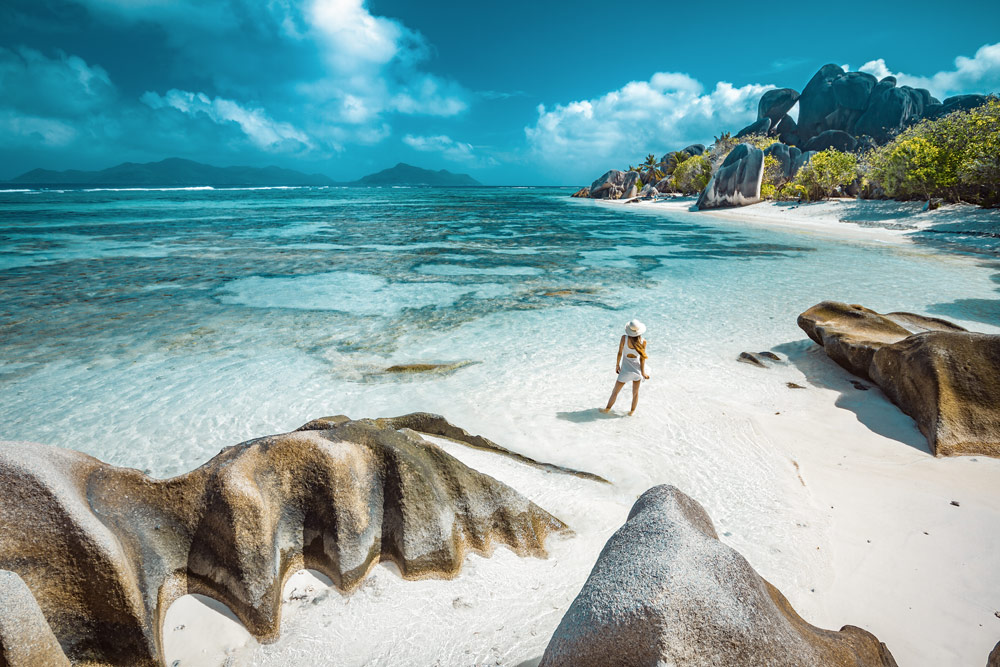
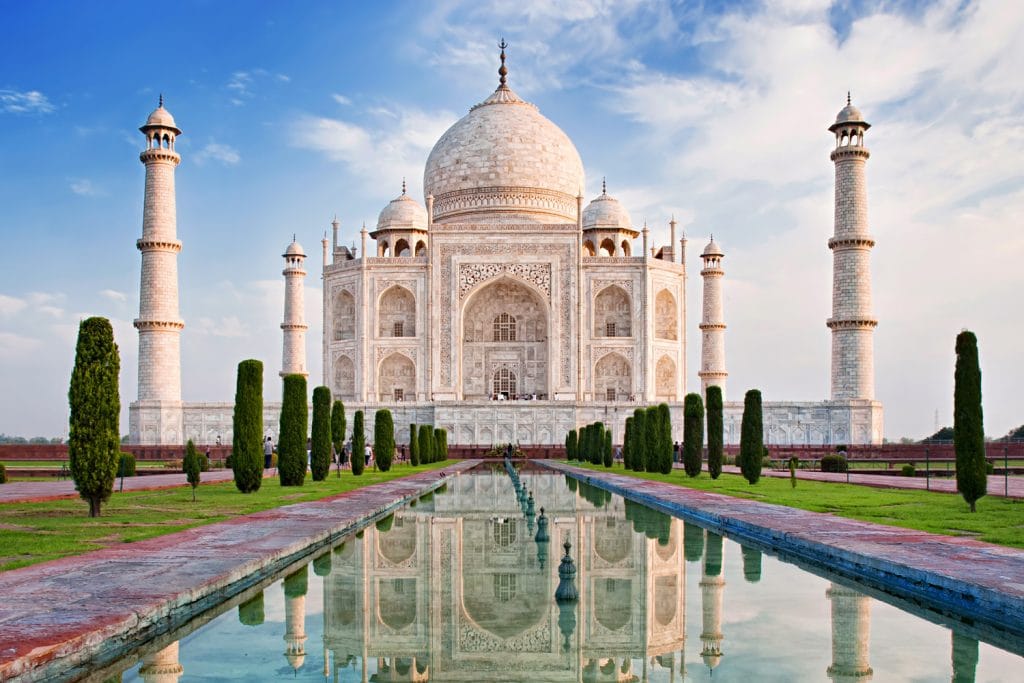
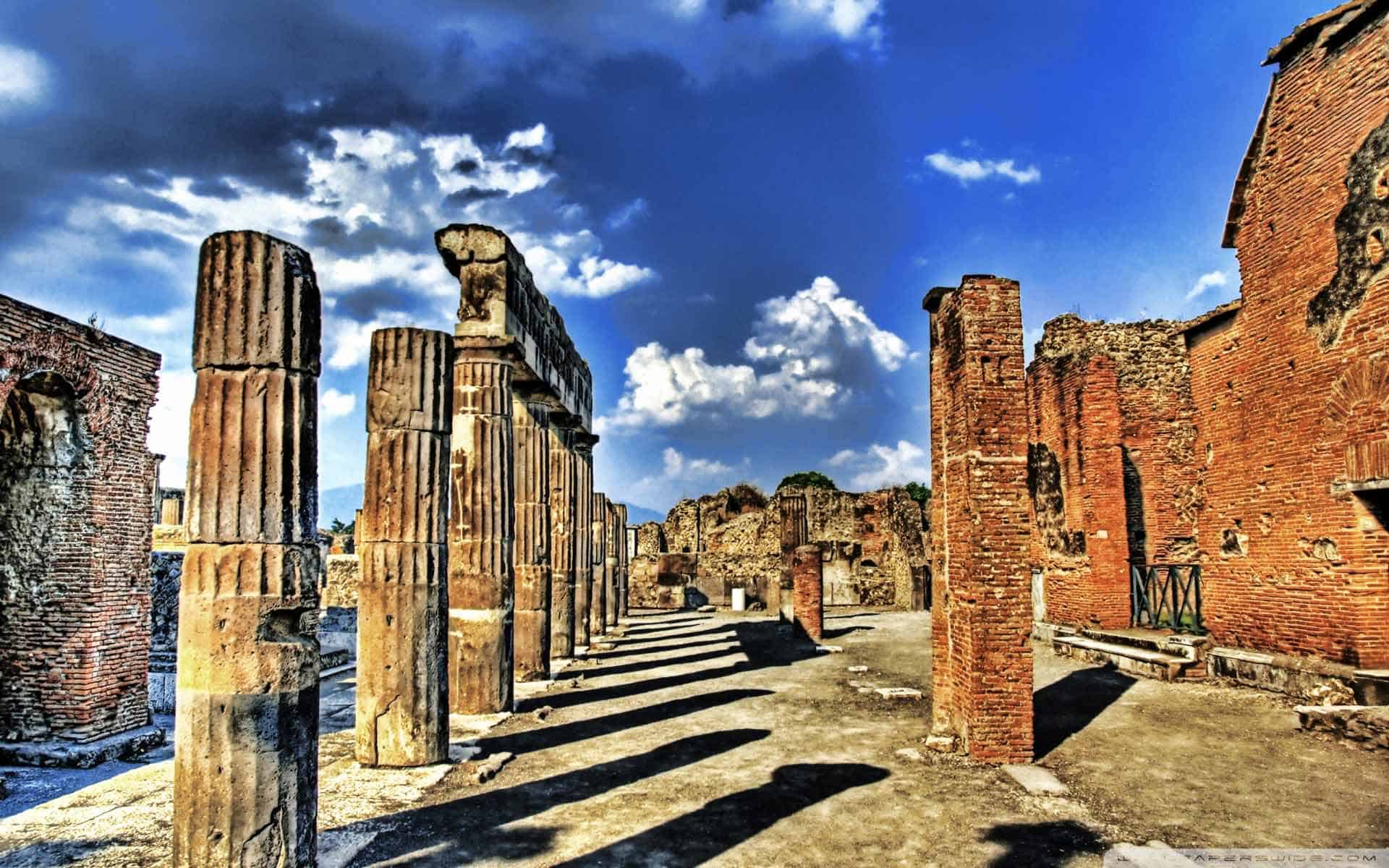
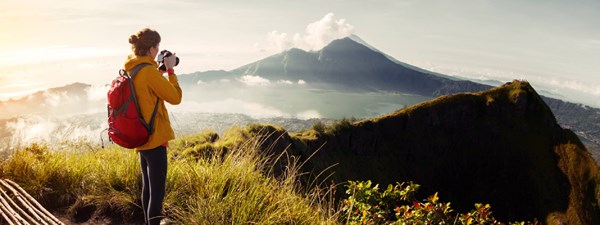
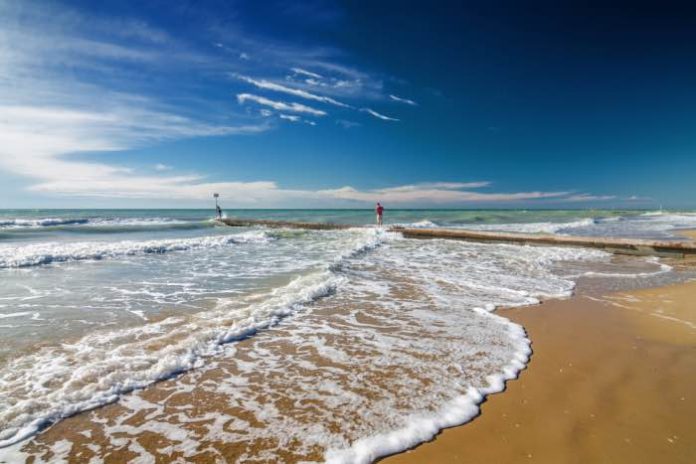
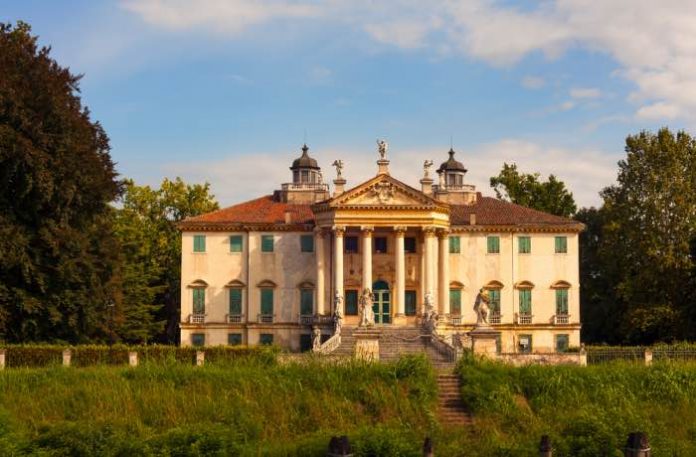
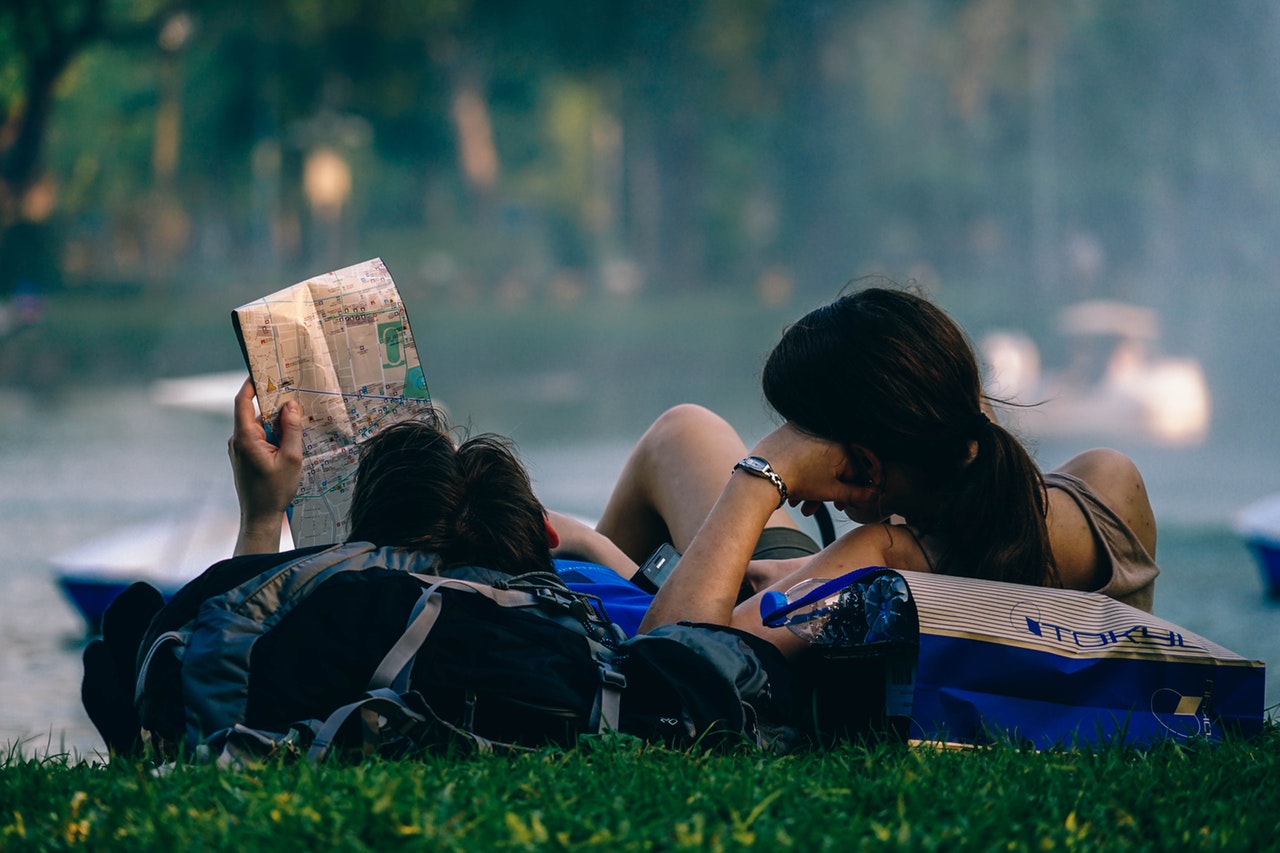
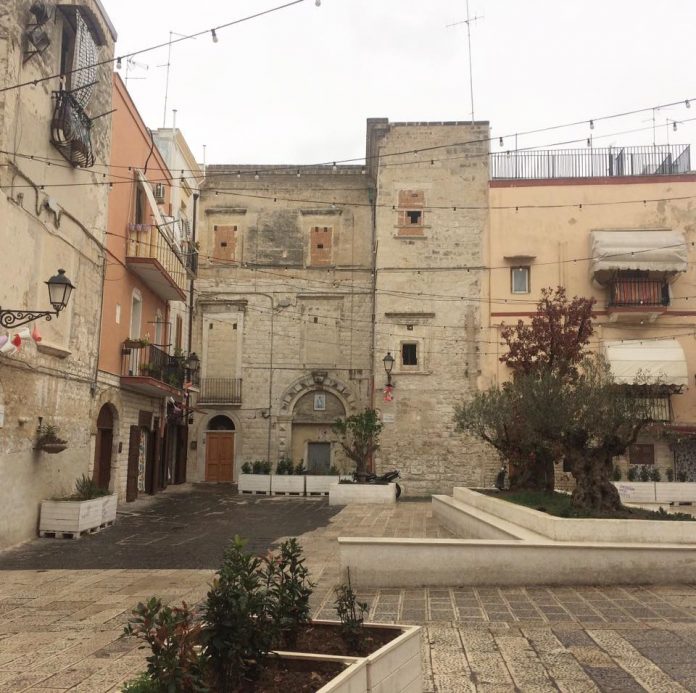 Bari was really gray for me; upon arrival in the city, to welcome me, there was strong wind, a great storm and a gloomy climate. But,
Bari was really gray for me; upon arrival in the city, to welcome me, there was strong wind, a great storm and a gloomy climate. But, 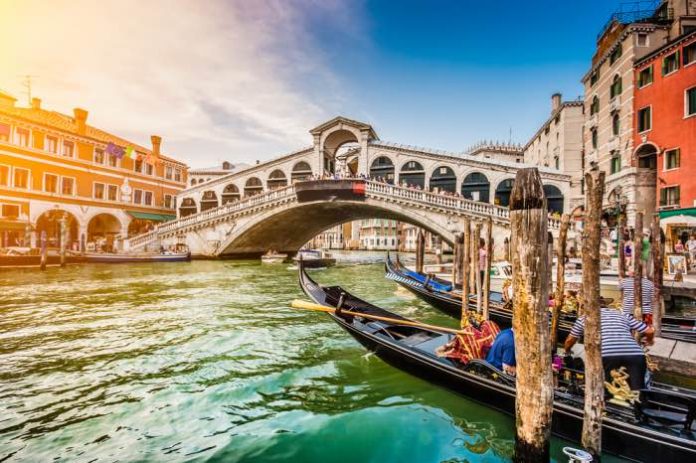 If you visit Venice for the first time there are high-light that you can not absolutely miss, the enchantment of the lagoon, glimpses and buildings made famous and immortalized in the films of the films. For a classic stroll around the city, I refer you to an article in the
If you visit Venice for the first time there are high-light that you can not absolutely miss, the enchantment of the lagoon, glimpses and buildings made famous and immortalized in the films of the films. For a classic stroll around the city, I refer you to an article in the 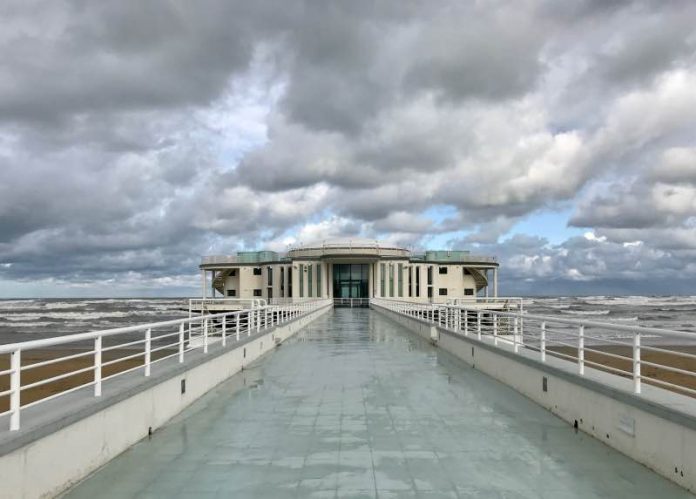 Senigallia is a city to be discovered slowly, especially in winter when its golden beach seems dormant while waiting for the summer energy.
Senigallia is a city to be discovered slowly, especially in winter when its golden beach seems dormant while waiting for the summer energy.

